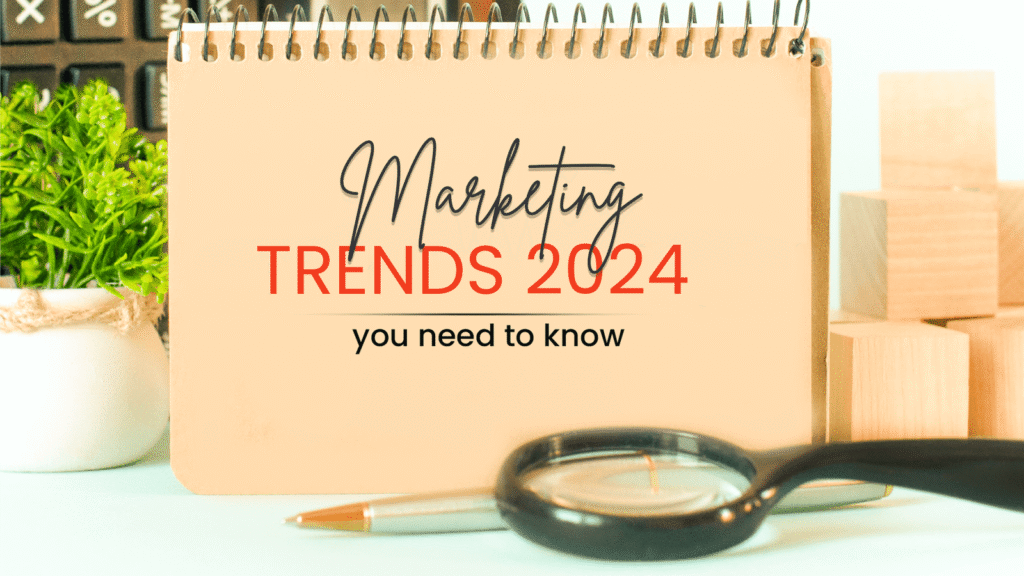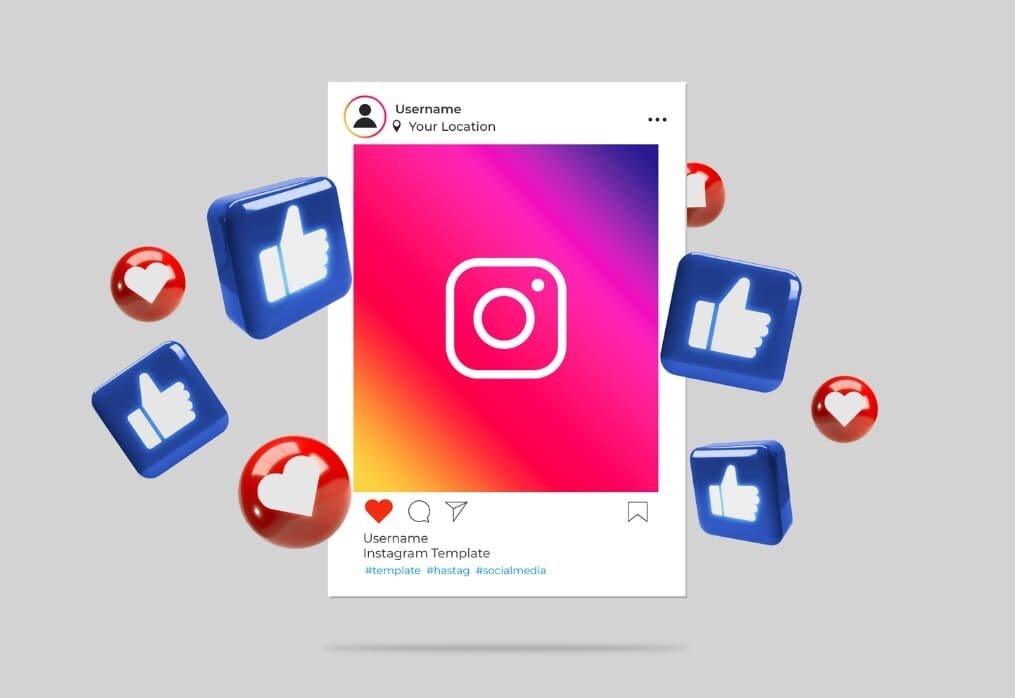Top Marketing Trends in 2024 You Need to Know
The world of marketing is ever-evolving, and staying ahead of the curve is crucial for businesses to thrive in the digital landscape. As we step into 2024, several key trends are shaping the marketing landscape, influencing how brands connect with their audiences and drive business growth. In this article, we will delve into the top marketing trends of 2024, focusing on the integration of learning AI, the significance of trust-building for a brand, understanding attention and emotion in branding, and redefining measures of success. Learning AI: Revolutionizing Marketing Strategies Artificial Intelligence (AI) has become an integral part of marketing strategies, and in 2024, learning AI is taking center stage. Learning AI refers to systems that can adapt and improve their performance over time based on experience. This capability allows marketers to harness the power of data in unprecedented ways, providing insights, personalization, and automation that were once unimaginable. For small businesses, incorporating learning AI into their marketing efforts can be a game-changer. Chatbots powered by AI, for example, can enhance customer interactions on a small business website, providing instant responses and personalized recommendations. Additionally, AI-driven analytics tools can help businesses make data-driven decisions, optimizing marketing campaigns for better results. Trust Building: The Cornerstone of Successful Branding In an era of information overload and skepticism, building and maintaining trust is more critical than ever for a brand’s success. Consumers want to engage with brands that align with their values and demonstrate authenticity. Trust-building goes beyond product features; it extends to how a brand communicates, behaves, and contributes to societal well-being. Digital marketing agencies play a pivotal role in helping businesses establish trust online. These agencies employ strategies that emphasize transparency, ethical practices, and consistent messaging. Customer reviews, testimonials, and social proof on a small business website are essential elements that contribute to trust-building. Making Sense of Attention and Emotion in Branding As attention spans continue to shrink in the digital age, capturing and retaining audience attention is a formidable challenge. Moreover, emotional connections between brands and consumers are becoming increasingly influential in purchase decisions. In 2024, successful marketing strategies will need to make sense of both attention and emotion to create lasting impressions. Digital marketing services that prioritize storytelling, engaging content, and interactive experiences can effectively capture and sustain attention. Understanding the emotional triggers of the target audience enables brands to forge deeper connections. Social selling, an approach that leverages social media platforms to connect with potential customers, is gaining prominence for its ability to evoke emotions and drive sales. Redefining Measures of Success The traditional metrics of success, such as click-through rates and conversion rates, are still relevant, but the landscape is evolving. In 2024, marketers are broadening their perspective on what constitutes success by incorporating qualitative indicators. Customer satisfaction, brand loyalty, and social impact are gaining recognition as key measures of a campaign’s effectiveness. Marketing companies for small businesses are increasingly focused on holistic success metrics. A website for your business is not just a platform for transactions; it’s a space to cultivate a community, gather feedback, and showcase the brand’s personality. Website visibility is not just about ranking high on search engines; it’s about creating an online presence that resonates with the target audience. Instagram Sales Strategy: Harnessing the Power of Social Selling With over a billion active users, Instagram remains a powerhouse for brands looking to expand their reach. In 2024, growing Instagram is not just about amassing followers; it’s about implementing a strategic approach to social selling. Instagram sales strategies are becoming more sophisticated, combining authenticity, storytelling, and user-generated content to drive engagement and conversions. Small businesses can benefit from Instagram sales strategies by humanizing their brand, showcasing behind-the-scenes content, and leveraging user-generated content. Collaborations with influencers and the strategic use of hashtags can amplify a brand’s visibility and contribute to a robust social selling strategy. Conclusion As we navigate the dynamic landscape of marketing in 2024, embracing the transformative power of learning AI, prioritizing trust-building, understanding the nuances of attention and emotion, and redefining measures of success are paramount. Small businesses can leverage the expertise of digital marketing agencies to enhance their online presence, while also tapping into the potential of Instagram sales strategies to connect with a broader audience. In this ever-evolving digital era, staying informed and adaptable is key to staying ahead of the curve and thriving in the competitive world of marketing.
Top Marketing Trends in 2024 You Need to Know Read More »






